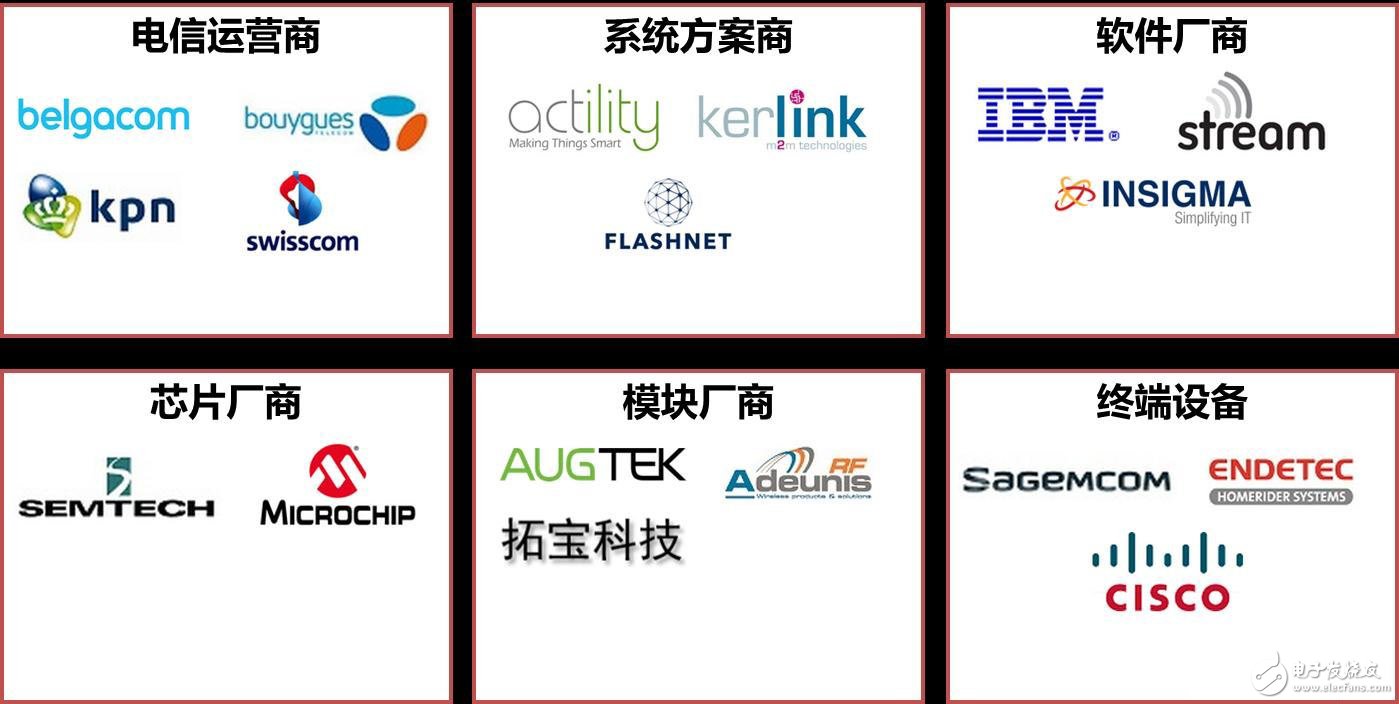The rapid development of the Internet of Things puts higher demands on wireless communication technologies. LPWA (low-power Wide-Area Network) designed for low-bandwidth, low-power, long-distance, and large-scale IoT applications. Wide area network) is also rapidly emerging.
In order to seize the LPWA business opportunities, related manufacturers have formed alliances to launch different agreements, NB-IoT and LoRa are typical representatives. The NB-IoT jointly proposed by Huawei and Vodafone is a 2/3/4G cellular communication technology supported by 3GPP under the licensed spectrum. LoRa, developed by SemTech, is a communication technology based on Sub-GHz operating on unlicensed spectrum. Both belong to LPWA, why is Vodafone Innovation and Architecture Director Matt Beal suggesting that NB-IoT will smash LoRa's technology so sharply?

Is NB-IoT technically better than LoRa?
In August 2015, the 3GPP RAN began research on a new air interface technology for narrowband wireless access called Clean Slate CIoT, which covers NB-CIoT. NB-CIoT was jointly proposed by Huawei, Qualcomm and Neul, and NB-LTE was proposed by Ericsson and Nokia.
NB-CIoT proposes a new air interface technology, which is relatively large in the existing LTE network, but NB-CIoT is the only 6 proposed Clean Slate technology, the only one that meets the 5 major proposed in the TSG GERAN #67 conference. Cellular IoT technology with the goal of improving indoor coverage performance, supporting large-scale device connectivity, reducing device complexity, reducing power consumption and delay, especially NB-CIoT communication module costs lower than GSM module and NB-LTE Module. NB-LTE is more compatible with existing LTE, and its main advantage is that it is easy to deploy.
Finally, after the RAN #69 conference negotiation and unification in September 2015, NB-IoT can be considered as a fusion of NB-CIoT and NB-LTE.
According to Yu Quan, chief strategy officer of Huawei's wireless network product line, NB-IoT technology has four advantages: First, coverage, NB-IoT coverage is 20 db better than traditional GSM network. According to the coverage area calculation, one base station can provide 10 times area coverage; second, it can support massive connection, below 200KHz frequency, one base station can provide 100,000 connections by NB-IoT; third is low power consumption, NB-IoT communication The module battery can work independently for ten years without charging; the fourth is low cost, the target of the NB-IoT module is less than 5 dollars.
The main technical feature of LoRa is the ability to carry out long-distance transmission of 1-20km. In the city, the wireless distance ranges from 1 to 2 kilometers, and the suburban or open area has a wireless distance of up to 20km. The number of nodes can be up to 10,000 or even millions, and how many nodes or terminal devices a gateway can connect to. The data rate ranges from 0.3 to 50 kbps, and the lower data rate allows battery life to reach 3-10 years.
Therefore, if you compare technically, it is difficult to say which technology has an absolute advantage. The biggest difference between the two is whether it works in the licensed spectrum.
The development status of the two technologies
In order to successfully promote the LoRa protocol to global standards, an open, non-profit organization initiated by industry leaders aims to bring low-power wide-area networks to the world for IoT, M2M, and smart city applications. The LoRa Alliance was established. At present, the alliance members include multinational telecom operators, equipment manufacturers, system integrators, sensor manufacturers, chip manufacturers and innovative start-ups, which are across Europe, North America, Asia, Africa and other regions.

As an early commercialized LPWAN technology, LoRa has been widely used at home and abroad. Related companies have begun to transform from simple low-power LoRa modules and point-to-point transmission solutions to end-to-end solution providers. In August, the promoters of early LoRa solutions such as Smart Technology, Mensi Technology, Weichuan Technology and Topo Technology also launched a solution of node + gateway + cloud service, allowing users to choose from stacked wood, from simple to simple Different solutions for transmission to enterprise network operators. However, LoRa has not received widespread attention because domestic LoRa solution manufacturers are mostly start-ups or small and medium-sized enterprises, and their exposure is not high.
In contrast, NB-IoT has higher visibility due to Huawei and operators. As the leader of NB-IoT, Huawei provides end-to-end solutions, including base stations, core networks, chips, operating systems, and data management platforms. In addition to Huawei Haisi, Ericsson and Qualcomm are actively developing and producing such chips. Many chip manufacturers and module manufacturers also plan to support NB-IoT this year.
On the application side, Vodafone launched an underground garage instruction case. After publicizing the use of NB-IoT's smart meter and smart parking lot trial system, Huawei demonstrated the integrated GPS function at the 2015 Global Mobile Broadband Forum to manage item positioning. The "smart tracking system" of information.
On the operator side, China Mobile has announced that it will commercialize NB-IoT in 2017. Unicom also plans to launch NB-IoT field-scale network test and service demonstration in more than five cities this year. The NB-IoT commercial deployment of key cities will be promoted early next year and will be fully commercialized in 2018. Domestic mainstream operators began to design timetables for NB-IoT, and foreign operators are more enthusiastic about this. Vodafone, Deutsche Telekom, Emirates Telecom, Telecom Italia, AT&T and other top global operators have released their respective development strategies around NB-IoT. And start the experiment bureau.
By comparison, it is not difficult to see that the industry giants participating in the NB-IoT camp have certain industry discourse power and exposure, and have certain advantages in promoting the commercialization of NB-IoT technology.
Screw Cage Connection Termianls,Screw Installation Terminal Block,Din Rail Double Deck Terminal Block,4 Connector Clamp Terminal Block
Wonke Electric CO.,Ltd. , https://www.wkdq-electric.com